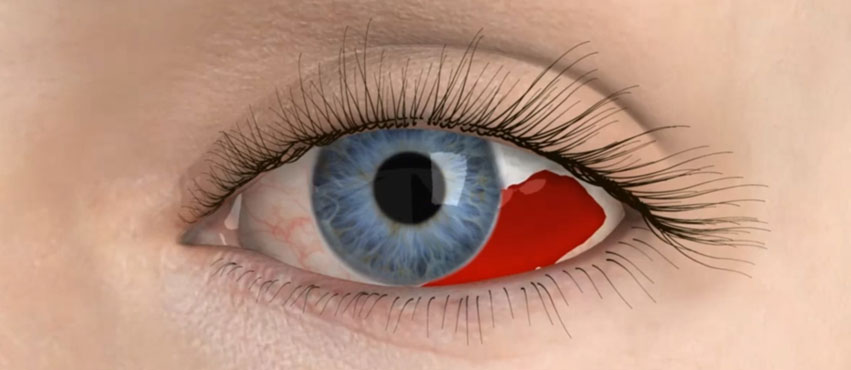
Ocular trauma, although not an everyday encounter for many ophthalmologists, is a serious problem for our eye health system.
In general, the more serious types of ocular trauma such as ruptured globes and corneal lacerations requiring surgical reconstruction are less frequently seen by most ophthalmologists.
Primary Presentation
When a patient who has suffered ocular trauma is first seen, the initial objective must be to determine the nature and extent of the injury. (Of course, every injury is unique, so any step-by-step guidelines must be adapted to the situation at hand.)
"You want to make sure the patient doesn't have any other occult injuries that could be more life-threatening than the ocular injury," he explains. "Then, a history is helpful both for clinical management and for documentation in case of legal action down the road. Was it a high-velocity injury? Is there a possibility of penetration with a retained foreign body? Was there assault? Were drugs involved? In the case of a motor vehicle collision, what were the details? Once you've made a global or systemic assessment and taken a history of the circumstances surrounding the injury, your examination should begin."
The surgeons list a number of key steps to take during your examination:
Check visual acuity. This should be the first order of business in the examination. "Whether the patient has light perception or no light perception is very important with respect to prognosis, especially if the globe turns out to be open," he notes.
Determine what is injured. When faced with a seriously traumatized anterior segment, looks for answers to several key questions. "What exactly is injured?". "How deep does the injury go? What structures are involved? What tools will you need to accomplish the repair?
"It's important to do a complete eight-point ophthalmic evaluation," continues. "One key issue is whether there are intraocular injuries. If you can see through the cornea and there's nothing in the anterior chamber and you can do a complete examination of the angle, iris, lens, vitreous and the posterior segment with the slit lamp and an indirect ophthalmoscope, you can be pretty sure there's no occult damage. On the other hand, if the patient has a corneal laceration and you're not sure whether a foreign object entered the eye, or the eye is full of blood obscuring your view, you'll need to do a CT scan."
Determine whether or not the globe has been ruptured. "Sometimes a ruptured globe is fairly obvious because the globe is misshapen or contents are extruding. However, a rupture in the globe can also be fairly subtle, so you need to check for other clinical signs that suggest that the eye is open. Such signs would include the IOP in the traumatized eye being significantly lower than the fellow eye; if the pupil is a different size from the other eye or is misshapen in some way, suggesting that the iris may be plugging a peripheral wound; if the anterior chamber is shallower or deeper than the fellow eye; and if there is significant chemosis—usually 360 degrees and usually hemorrhagic—suggesting that there may be bleeding through a scleral rupture."
Management is entirely different depending on whether or not the globe is ruptured. "Closed-globe injuries usually involve blunt force to the face or eye. “If the globe is closed, we follow an algorithm of checking to see what the injuries are. Are there any associated injuries such as orbital fractures or lacerations that need attention? Does the patient require antibiotics? This may be the case if there's an orbital fracture. Does the eye have a hyphema? Of course, we also want to examine the retina to make sure there's no obvious retinal tear or detachment. If the eye has a traumatic cataract that blocks the view, a gentle ultrasound through closed lids can help to evaluate for retinal detachment or tear. It's also important to look for any sign of traumatic optic neuropathy, which may manifest as acute swelling or hemorrhaging within the optic nerve."
Optic Nerve Compression. The ophthalmologist needs to look for is optic nerve compression, or traumatic optic neuropathy, an anatomical disruption of optic nerve fibers that can be caused by penetrating orbital trauma, bone fragments in the optic canal or hematomas in the nerve sheath. "Signs of traumatic neuropathy include loss of vision that can't be accounted for by other factors such as direct injury to the globe.